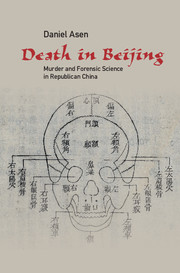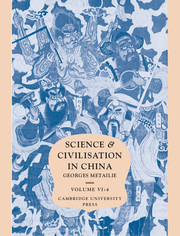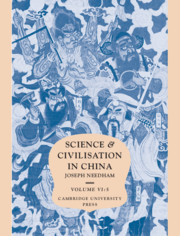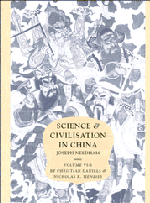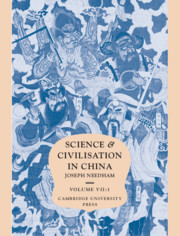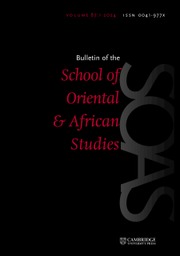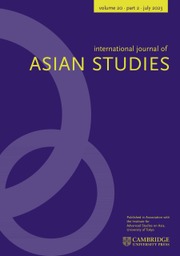Death in Beijing
In this innovative and engaging history of homicide investigation in Republican Beijing, Daniel Asen explores the transformation of ideas about death in China in the first half of the twentieth century. In this period, those who died violently or under suspicious circumstances constituted a particularly important population of the dead, subject to new claims by police, legal and medical professionals, and a newspaper industry intent on covering urban fatality in sensational detail. Asen examines the process through which imperial China's old tradition of forensic science came to serve the needs of a changing state and society under these dramatically new circumstances. This is a story of the unexpected outcomes and contingencies of modernity, presenting new perspectives on China's transition from empire to modern nation state, competing visions of science and expertise, and the ways in which the meanings of death and dead bodies changed amid China's modern transformation.
- Presents a textured description of interactions between law and science in early twentieth-century China
- Uses compelling historical materials to approach abstract questions about the nature and implications of 'modernity' in China and beyond
- Balances a detailed view of everyday life in Republican Beijing with watershed moments in modern Chinese history
Reviews & endorsements
'Dealing with the dead involved many important things in Republican Beijing. In this profoundly original study in political, urban, and intellectual change, Asen shows how methods of forensic examination with a millennial pedigree paradoxically participated in the construction of the modern state.' Pierre-Étienne Will, Collège de France
Product details
July 2016Hardback
9781107126060
256 pages
235 × 163 × 17 mm
0.56kg
7 b/w illus.
Temporarily unavailable - available from TBC
Table of Contents
- Introduction
- 1. Suspicious deaths and city life in Republican Beijing
- 2. On the case with the Beijing procuracy
- 3. Disputed forensics and skeletal remains
- 4. Publicity, professionals, and the cause of forensic reform
- 5. Professional politics of a crime scene
- 6. Dissection and its discontents
- 7. Legal medicine during the Nanjing decade
- Conclusion: a history of forensic modernity
- Glossary
- Bibliography
- Index.

